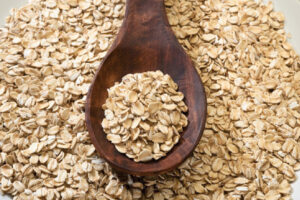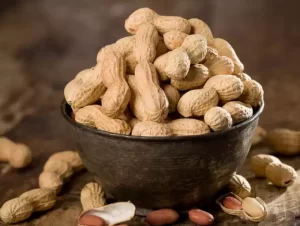Application in Human Foods
Soybeans
Oats
Barley
Roasted & Rolled Grains & Cereals
Shelled Ground Nuts
Other forms of Peanuts
Roasting and Blanching of Groundnuts
Roasting of soybeans and other beans
Roasting- (and Flaking) of Corn, Barley, Oats
Roasting of Nuts
Roasting almost all kinds of seeds
Roasting of spices such as Coriander
Heating of sunflower seeds for the cold press industry

We start with clean, de-hulled oats (groats).
The groats are then exposed to live steam, which is condensing onto the whole surface area of the groat particles.
(Condensing steam is the highest heat transfer medium available in food processing.)
Two things happens to the groat particle:
The temperature rise from 10 ᵒC to 98 ᵒC in a few seconds, and the moisture content increase due to the steam that has condensed onto it.
Then the groats should be kept in this condition, to kill the enzymes.
This is done in the steeper bin.
After the steeping process, the groats goes into the roaster where it is exposed to a higher temperature.
The roaster removes some of the moisture that has been added by the steam process and
also assist in killing the enzymes.
Leaving the roaster, the groats should have about 10-12% moisture content.
Lower moisture content causes more fines production during flaking.
The hot oats is passed through a roller – flaker, and is then cooled and goes to the storage bin.

